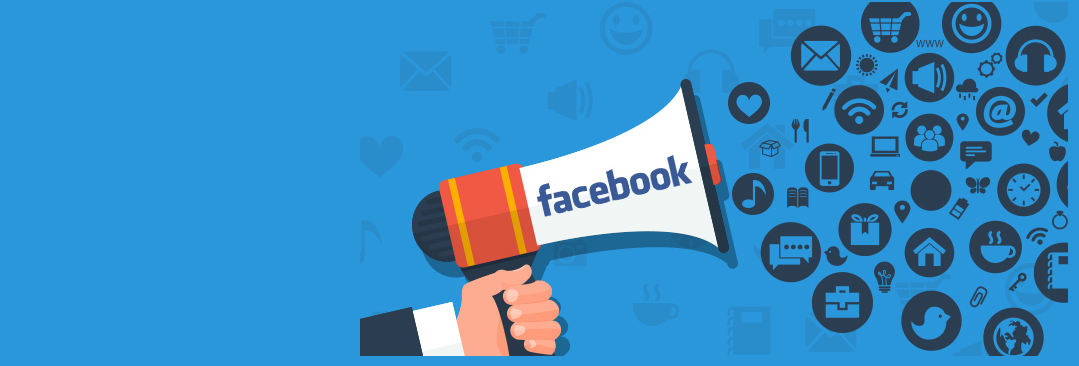
Mike Corte
Insight, Digital
How To Find The Right Audience For Facebook Advertising
- Facebook knows all about the behaviors of people and can show your advertisements to the right audience, provided that you give it the right information.
- Advertising works best with those who have engaged with your brand before, leading them to the end point of purchasing your product or service.
- There are several types of audiences, ranging from broad to specific; the more specific you are, the higher the likelihood is of someone purchasing from you because of the advertising.
-
Over the coming weeks, we’ll be delivering valuable insights on Facebook Advertising and how you can start from scratch and build a defined strategy that underpins your advertising tactics.
In Part 1, we’ll be covering where to find the right audiences to target your Facebook Advertising at.
When it comes to Facebook Advertising, there is no bigger influence on your success than the people that see your ads. Putting the right ad in front of the right people at the right time is the best formula to seeing real results that you can scale and improve upon.

And whether you’re starting from scratch or have been trialing Facebook Ads for some time, the amount of data that Facebook has available can become quite overwhelming when trying to find the right audience.
In this article, we’ll cover the data available to you as an advertiser and how to find the right audience that suits your business.
HOW TO FIND THE RIGHT AUDIENCE FOR FACEBOOK ADVERTISING
- Facebook knows all about the behaviors of people and can show your advertisements to the right audience, provided that you give it the right information.
- Advertising works best with those who have engaged with your brand before, leading them to the end point of purchasing your product or service.
- There are several types of audiences, ranging from broad to specific; the more specific you are, the higher the likelihood is of someone purchasing from you because of the advertising.

Over the coming weeks, we’ll be delivering valuable insights on Facebook Advertising and how you can start from scratch and build a defined strategy that underpins your advertising tactics.
In Part 1, we’ll be covering where to find the right audiences to target your Facebook Advertising at.
When it comes to Facebook Advertising, there is no bigger influence on your success than the people that see your ads. Putting the right ad in front of the right people at the right time is the best formula to seeing real results that you can scale and improve upon.
And whether you’re starting from scratch or have been trialing Facebook Ads for some time, the amount of data that Facebook has available can become quite overwhelming when trying to find the right audience.
In this article, we’ll cover the data available to you as an advertiser and how to find the right audience that suits your business.
Facebook is a data goldmine
Make no mistake, Facebook has become VERY good at knowing a lot about its user base. From what your main habits on their platform are to what your browsing behaviours off Facebook include, they know allot about you.
Combine this with third-party companies that provide data to Facebook on its users’ behaviours in real life (purchasing homes, cars, and monitoring net worth) and the opportunity for marketers to find their ideal customer is unparalleled.
But with a large user base comes challenges in trying to keep them all happy. Facebook’s power lies in keeping its user base growing, so it’s important to remember that Facebook will value its users over advertisers which is why you need to guide Facebook toward the right audience for your advertisements.
Give them the wrong information, and they won’t show it if it doesn’t add value to the Facebook user.
Where to start with audiences
Depending on how established your business is and what existing data you have on your customers will determine how accurately you can find the right audience.
Ideally, you want to continuously advertise to users that have engaged with your business before and move them closer to the point of purchasing.
Think of it as a funnel, starting with a wider audience that hasn’t heard of you before (but should) through to people that have engaged with you before to those that have bought from you.
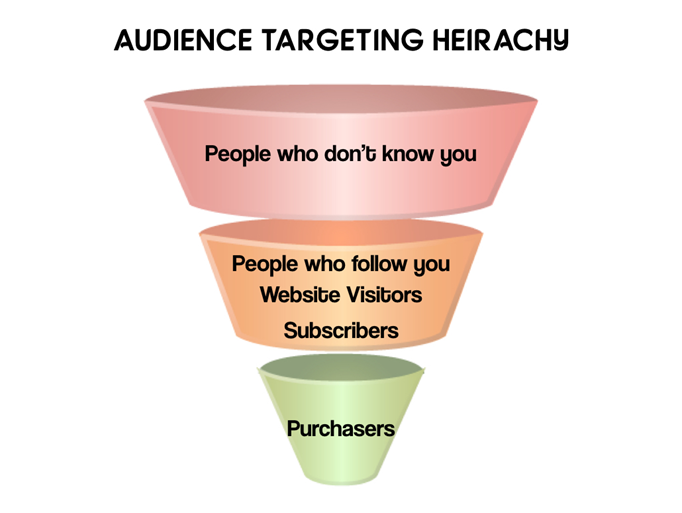
To track people that have engaged with you and to move them closer to the point of purchase, it’s imperative that you have a Facebook Pixel installed on your website. Make sure it’s installed on every page you want to track users on. Without it, you won’t know enough about your users and Facebook won’t know who to show your advertisements to.
For a full guide on how to install the Facebook Pixel, you can find out more at this blog post here.
The aim of any Facebook Advertising strategy should be to move people further down the funnel to the point of purchase.
Types of audiences
Depending on where the user is at in the funnel, Facebook can help you find them. To help picture them in a hierarchy of importance, here is what they’re referred to in Facebook terminology:
The more information you have on your user base will determine at what level you will need to start with your targeting in Facebook Advertising.
Let’s break each of them down further.
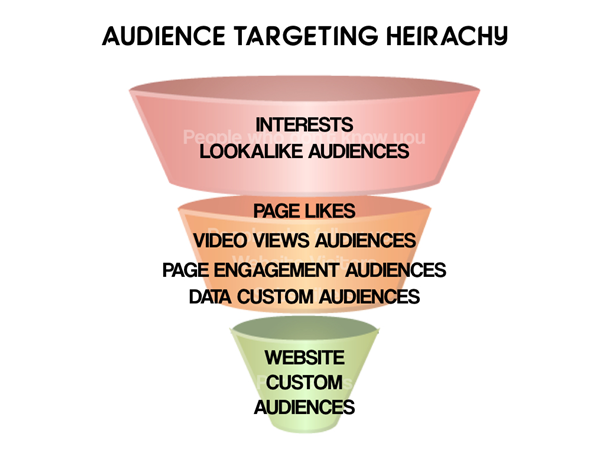
- Interests
Facebook has over 900+ preset interest and behaviour categories that group millions of users from around the world. Add on top of this, custom interests such as particular pages, groups, job titles, and industries, and it’s a fantastic way to start to build a persona of your ideal customer. If you’re a brand new business, it’s likely this is where you will need to begin.
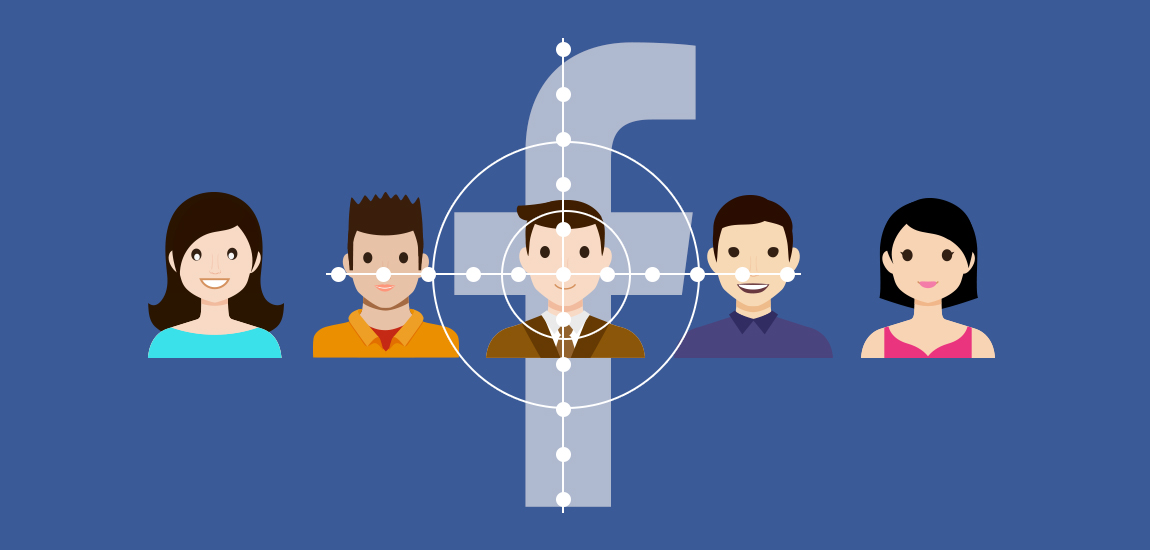
2. Lookalike Audiences
Lookalike Audiences are large groups of audiences that have similar characteristics, behaviours, and interests more than the “base” group you build the Lookalike Audience from. So you will need existing data from any of the groups below to help build this more accurately.
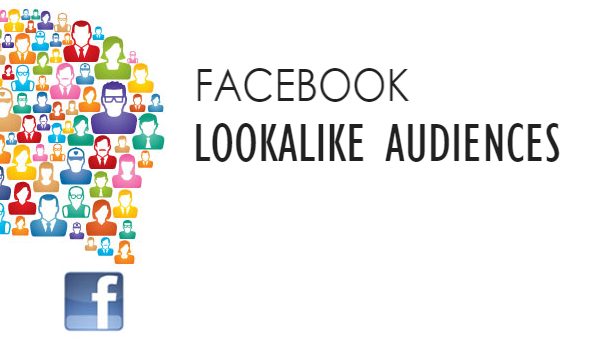
3. Page Likes
Put simply, this is the people that have already liked your Facebook page. This is great if you haven’t bought likes (and you never should) because it will mean it consists a targeted group of individuals that have shown an interest in your business.

4. Video Views Audiences
Facebook LOVES showing videos to its users. There is so much video consumed on Facebook now that Facebook prioritises it over any other post format. They can also measure how long someone watches a video as they hit certain thresholds, starting at 3 seconds, up to 10 seconds, and then as a percentage of the overall length of video at 25%, 50%, 75% and 95%. You can use this to your advantage by sourcing potential customers that have watched a certain length of your video and measure their interest based on how long they watched.
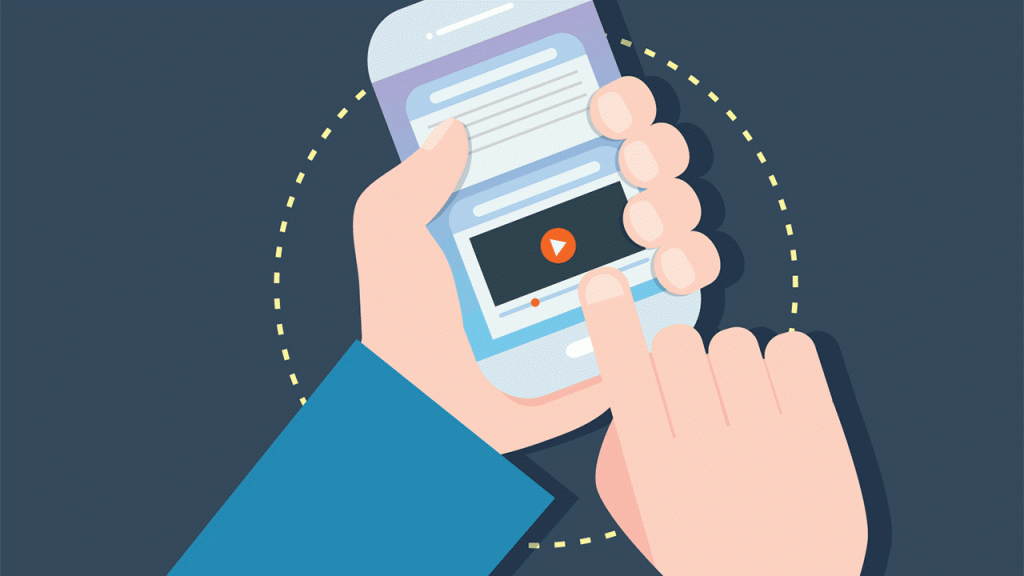
5. Page Engagement Audiences
Facebook knows each user’s behaviour when they’re browsing through the platform including how they interact with posts and what actions they perform on them. Facebook allows you to build these audiences based on engagements such as clicking on any post, commenting, sharing or liking a post, and saving any of your posts that they see.

6. Data Custom Audiences
If you have an existing email, sales, or buyers list of data from your business, you can upload this directly to Facebook, and it will attempt to find those users on Facebook for you. They can match up to 15 different identifiers, and you can select as little or as many as you like when you upload your list (the more you have, the more likely Facebook will find them). The identifiers include:
-
- Email Address
- Phone Number
- First Name
- Surname
- ZIP/Postcode
- City
- County/Region
- Country
-
- Date of Birth
- Year of Birth
- Gender
- Age
- Mobile Advertiser ID
- Facebook App User ID
- Facebook Page User ID
- Lifetime User Value (NEW)
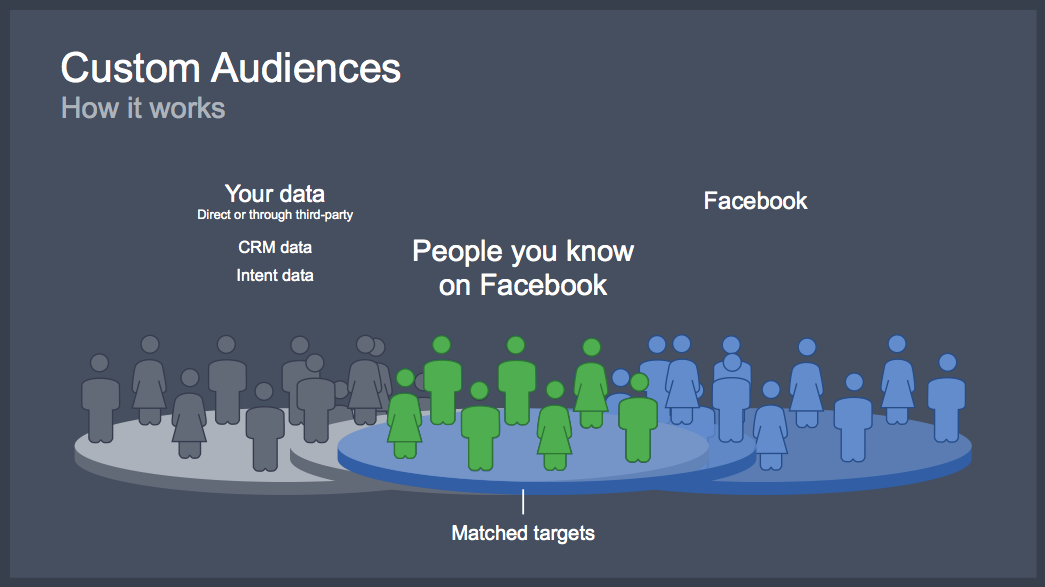
7. Website Custom Audiences
This is the ultimate goal for any audience group. Website Custom Audiences (WCA) are populated through the Facebook Pixel (remember how I said it was important) and can range from browsers of your website to purchasers. With WCA you can target people that have performed several different actions, such as:
- Anyone who visits your website
- People who visited specific web pages
- People who visited specific web pages but not others
- People who haven’t visited in a certain amount of time
- Any custom combination of the above
- Specific website events in the conversion funnel (e.g. view product, add to cart, initiate checkout, confirm purchase/registration)
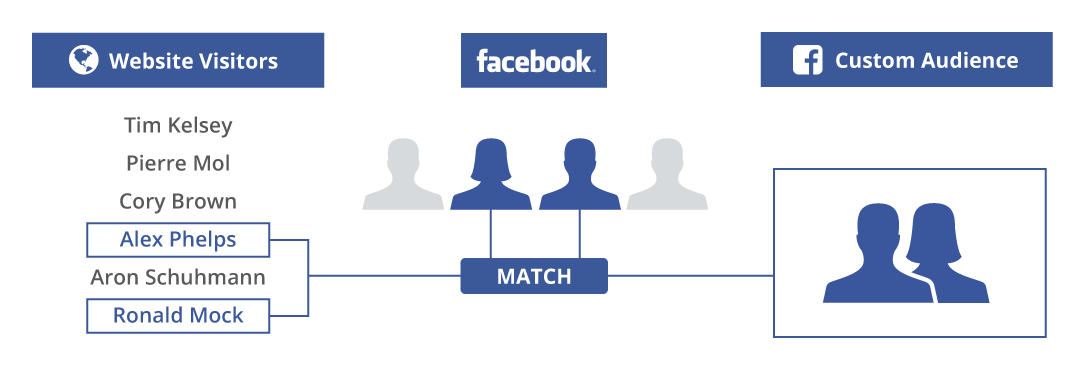
You can also control how recently these audiences will be populated up to a total of 180 days prior.
The reason Website Custom Audiences are the goal of any campaign is these people are the most engaged, committed, and can also include your current customers. The larger this pool can grow, the easier it will be to find people on Facebook to show your ads to.
So now you know where you can find the ideal audience for Facebook Advertising. It’s time to work from the bottom of the funnel backward and see what you have available. Start from there and move those people closer to the point of conversion.
Next week, we’ll go in depth on how you can create these audiences and set them up properly, so you know when they’re working.
